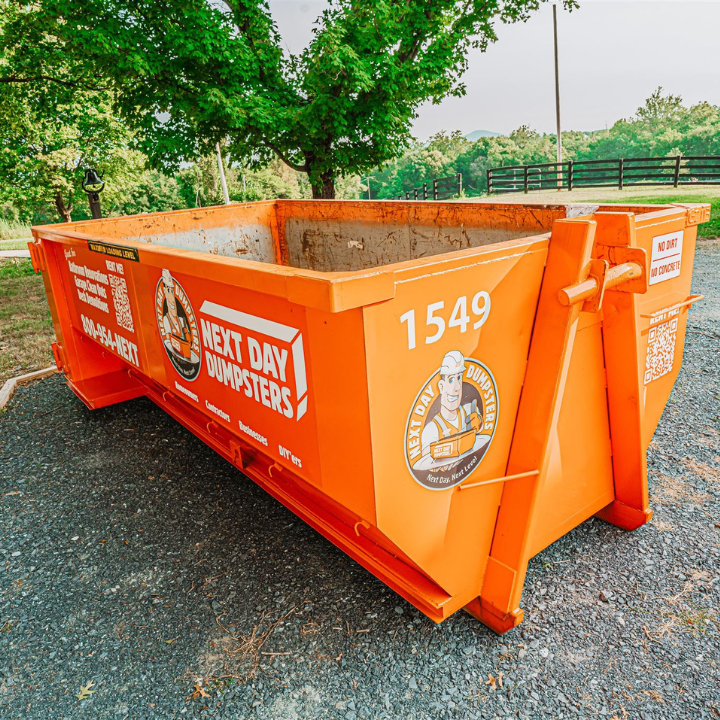Google Rating
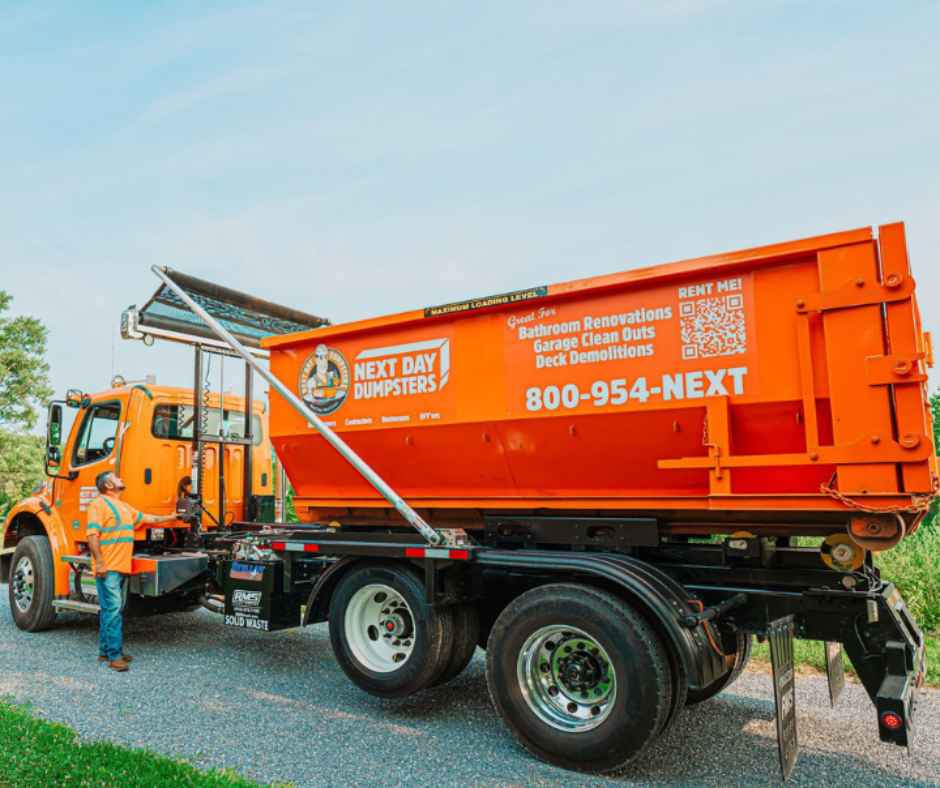
How Professional Contractors Use Dumpsters Safely: Insider Tips from Industry Experts
Every construction or renovation project creates debris—and managing that waste safely is a top priority for professional contractors. While dumpsters are essential tools on the job site, improper use can lead to serious safety hazards, from worker injuries to property damage. Unfortunately, many people underestimate just how dangerous poorly handled dumpsters can be.
Experienced contractors know that using dumpsters correctly isn’t just about convenience—it’s about maintaining a safe, organized, and efficient work environment. By following clear protocols for dumpster placement, loading, and usage, professionals reduce risks and keep projects running smoothly.
In this blog, we’ll share insider tips from industry experts on how contractors safely use dumpsters every day. Whether you’re a homeowner preparing for a renovation or a contractor seeking best practices, understanding these guidelines can help prevent accidents and protect your project’s timeline and budget.
Why Dumpster Safety Matters on Job Sites
When managing a busy construction or renovation project, dumpster safety may not be the first concern that comes to mind—but professional contractors know that it should be. Dumpsters are large, heavy equipment that, when used improperly, can lead to serious accidents or costly property damage. This is why proper safety protocols surrounding dumpster use are standard practice among experienced professionals.
One of the biggest risks associated with dumpsters is injury to workers. Improperly placed dumpsters, overfilled containers, and unstable loading zones can all lead to trip hazards, falling debris, and even crush injuries. For contractors, keeping workers safe means carefully planning where dumpsters are placed and how they’re used throughout the job.
Property damage is another concern. A dumpster that’s overloaded or placed on unstable ground can shift, tip, or crack the surfaces beneath it. Homes, driveways, and landscaping are at risk if heavy containers aren’t managed correctly. That’s why contractors prioritize stable, level placement and select the right dumpster size for each job.
Beyond immediate safety hazards, poor dumpster management can cause project delays. Overflowing debris blocks access paths, slows down work, and creates cleanup problems that waste valuable time. When contractors follow safe usage practices, they’re not only protecting people and property—they’re also keeping their projects efficient and on schedule.
In short, safe dumpster use is a key part of professional site management. Contractors who prioritize safety benefit from fewer accidents, lower liability risks, and smoother project completion.
Key Risks and Dangers of Improper Dumpster Use
Using dumpsters without proper safety protocols can lead to a variety of job site hazards. Professional contractors understand the risks and take steps to avoid them, but it’s important for anyone renting a dumpster to recognize the potential dangers.
Risk of Physical Injuries
One of the most common dangers associated with dumpsters is the potential for injury. Open dumpsters can become trip-and-fall hazards, especially in busy work zones where foot traffic is heavy. Workers who attempt to throw debris into an overfilled container risk straining their backs or suffering cuts from sharp materials.
Overloaded dumpsters can also shift or collapse unexpectedly. Contractors know that heavy debris should never be stacked unevenly or left protruding from the top of the container. Proper load management is essential to prevent injuries on-site.
Property Damage Hazards
Dumpsters are heavy, especially when filled with construction debris like concrete, wood, or metal. Placing a dumpster on soft, uneven, or unstable ground increases the risk of it tipping over or sinking into the surface beneath. This can lead to damage to driveways, landscaping, or surrounding structures.
Overfilled dumpsters present another risk. If debris spills over the sides, nearby property—including fences, vehicles, and exterior walls—may be scratched or damaged. Windblown debris from uncovered dumpsters can also pose risks to neighboring homes or businesses.
Project Delays Due to Improper Use
When dumpsters are improperly placed or overloaded, work can slow to a halt. Blocked access routes delay workers who need to move materials in and out of the site. Overflowing waste forces crews to spend valuable time reorganizing or clearing debris before continuing their tasks.
Additionally, accidents or property damage caused by poor dumpster management often lead to downtime while repairs are made or hazards are cleared. Contractors who fail to manage dumpsters safely may find their project timeline—and budget—derailed by avoidable setbacks.
Recognizing these dangers underscores the importance of proper dumpster usage protocols on every job site. Next, we’ll explore how professional contractors mitigate these risks through smart strategies and best practices.
How Contractors Use Dumpsters Safely
Professional contractors approach dumpster use with careful planning and strict adherence to safety protocols. From selecting the right equipment to managing waste properly, experts rely on several key strategies to minimize risks and keep their job sites safe.
Choosing the Right Dumpster Size
Contractors start by selecting the appropriate dumpster size for the project at hand. Using a container that’s too small leads to overfilling, while an overly large dumpster can take up unnecessary space and add costs. By estimating the volume and type of debris in advance, professionals ensure the dumpster accommodates the load without becoming a hazard.
For example, roofing jobs often require smaller containers for shingles and underlayment, while full home remodels may demand larger dumpsters capable of handling wood, drywall, and other bulky waste. Matching the container size to the project keeps loading safe and manageable.
Proper Dumpster Placement Techniques
Where a dumpster is placed is just as important as what goes inside it. Professional contractors always choose stable, level ground to prevent the container from tipping, shifting, or sinking. Driveways and paved surfaces are ideal, while soft soil or uneven terrain should be avoided.
Additionally, dumpsters are positioned with workflow in mind. Contractors keep containers accessible for easy loading but out of high-traffic areas where workers or equipment frequently pass. Strategic placement reduces the risk of accidents and streamlines the disposal process.
Load Level and Weight Management
Overloading a dumpster poses serious risks. Contractors fill containers evenly, spreading out debris to avoid uneven weight distribution. Items are placed within the container’s sides to prevent material from hanging over the edges, which could fall and injure workers.
Most dumpster rentals have weight limits, and professionals monitor debris loads carefully to stay within those restrictions. Exceeding the weight limit can make the container unstable, damage property, and result in extra disposal fees.
Using Safety Gear and Clear Signage
Contractors reinforce site safety by wearing protective equipment when loading dumpsters. This typically includes gloves, steel-toed boots, and hard hats to guard against cuts, falling debris, and heavy material injuries.
Marking the dumpster area with cones, signs, or barriers helps alert workers and visitors to avoid the space unless actively using the container. This proactive approach keeps the worksite organized and minimizes the risk of accidents.
By following these safety protocols, professional contractors reduce hazards and ensure that dumpsters serve as helpful tools—not sources of risk—on every project.
Expert Safety Tips from Professional Contractors
Contractors who use dumpsters daily develop best practices that help keep every project safe and efficient. While basic rules like proper placement and weight management are essential, experienced professionals follow additional safety tips that can make a big difference on busy job sites.
Always Keep Dumpsters Covered When Not in Use
Windblown debris is a common hazard on construction sites. Professional contractors make it a habit to cover dumpsters with lids or tarps when they’re not actively in use. This simple step prevents debris from scattering across the job site and reduces cleanup time.
Never Dispose of Hazardous Materials
Dumpsters are designed for general construction waste—not hazardous materials. Contractors strictly avoid placing chemicals, batteries, paint, asbestos, or flammable items inside dumpsters. Safe disposal of these materials follows different protocols, protecting both the environment and workers from harmful exposure.
Do Not Climb Inside Dumpsters
It may seem tempting to climb into a dumpster to rearrange or compact debris, but this is a major safety risk. Professional contractors train their crews to never enter a dumpster. Sharp objects, unstable footing, and the risk of falling debris make the inside of a container a dangerous place.
Empty Dumpsters Before They Reach Full Capacity
Overflowing dumpsters aren’t just a visual problem—they’re a safety hazard. Contractors schedule timely pickups to ensure dumpsters are emptied before they’re overfilled. Keeping debris within container limits prevents injuries, property damage, and project delays.
Keep the Area Around Dumpsters Clear
Routine checks of the area surrounding a dumpster help maintain site safety. Contractors remove debris, tools, and equipment from around the container to prevent tripping hazards and make loading easier. A clear perimeter ensures smooth waste disposal and keeps workers protected.
By following these professional safety tips, contractors create safer, more efficient job sites. Homeowners working with dumpster rentals can apply these same strategies to protect their property and prevent injuries during home improvement projects.
Additional Best Practices for Safe Waste Disposal
While professional contractors rely on fundamental safety techniques, they also follow additional best practices to ensure dumpster use stays organized and efficient throughout a project. These strategies help prevent accidents and reduce the risk of delays caused by improper waste management.
Schedule Regular Dumpster Pickups
One of the simplest ways to avoid overflowing dumpsters is to schedule pickups before containers reach capacity. Contractors often plan pickups based on project stages, ensuring debris removal happens consistently as work progresses. This keeps the job site clear and reduces potential hazards from overloaded dumpsters.
Train Workers on Proper Dumpster Use
Even experienced crews benefit from regular training. Contractors make sure every worker knows how to load dumpsters safely, avoid overfilling, and report hazards. By standardizing procedures across the team, they minimize the risk of accidents caused by inconsistent handling.
Use Separate Dumpsters for Special Waste
On larger or more complex projects, contractors may rent multiple dumpsters to handle different types of waste. Keeping hazardous materials, recyclables, and general debris separate simplifies disposal and reduces the risk of contaminating standard loads. This separation also helps contractors comply with local regulations for waste management.
Partner With a Reliable Dumpster Rental Provider
A key part of safe waste disposal is working with a trusted provider like Next Day Dumpsters. Contractors rely on dependable service for timely deliveries, pickups, and support. By choosing a reputable company, they ensure the dumpsters they use are in good condition, placed safely, and removed promptly when full.
By following these additional best practices, contractors not only protect their crews and job sites—they also streamline the entire waste disposal process, keeping projects efficient and on track.
Safe Waste Disposal Starts with Smart Dumpster Use
For professional contractors, using dumpsters safely is not optional—it’s essential. From preventing injuries to protecting property, following proper safety protocols ensures that every job site stays organized, efficient, and hazard-free. Whether it’s selecting the right dumpster size, placing it on stable ground, or monitoring load levels, the smallest details make a big difference when it comes to safety.
Insider tips from industry experts highlight that safe waste disposal isn’t just about removing debris—it’s about doing it responsibly. Covering dumpsters when not in use, avoiding hazardous materials, and keeping the area clear are simple steps that help prevent accidents and keep projects running smoothly. By working with a reliable provider, contractors can ensure dumpsters are delivered on time, placed correctly, and emptied before they become a risk.
Ready to prioritize safety on your next project? Contact Next Day Dumpsters to rent dependable, professional-grade dumpsters and get the expert support you need for safe, efficient waste management.
Recent News
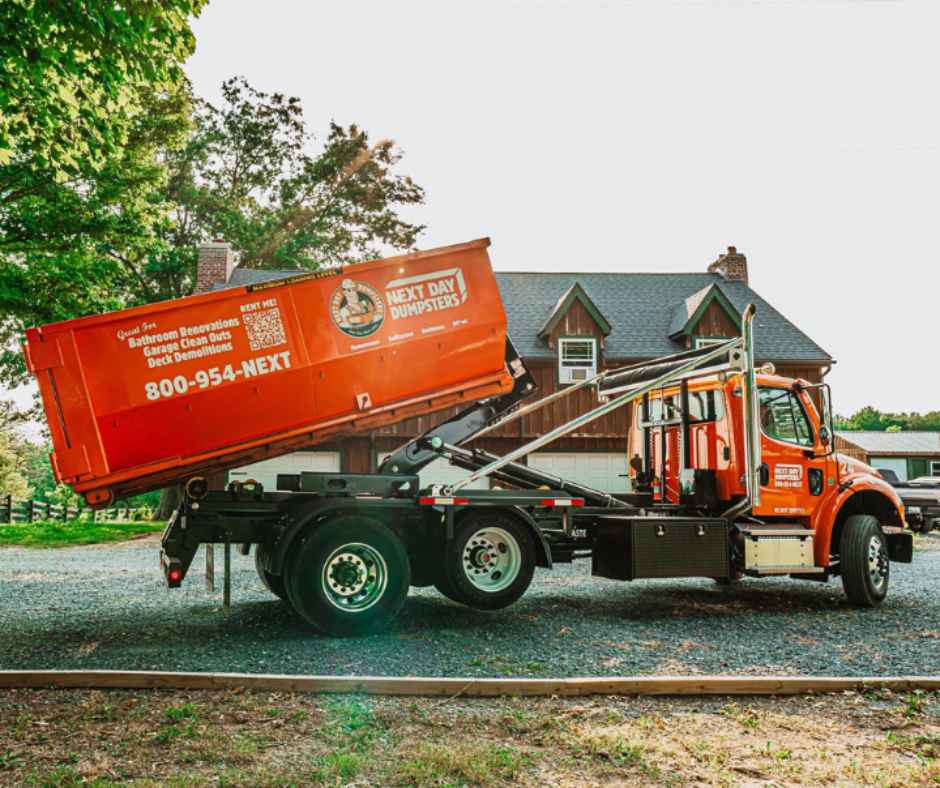
The Ultimate Dumpster Rental Checklist: Expert Advice for Stress-Free Waste Management
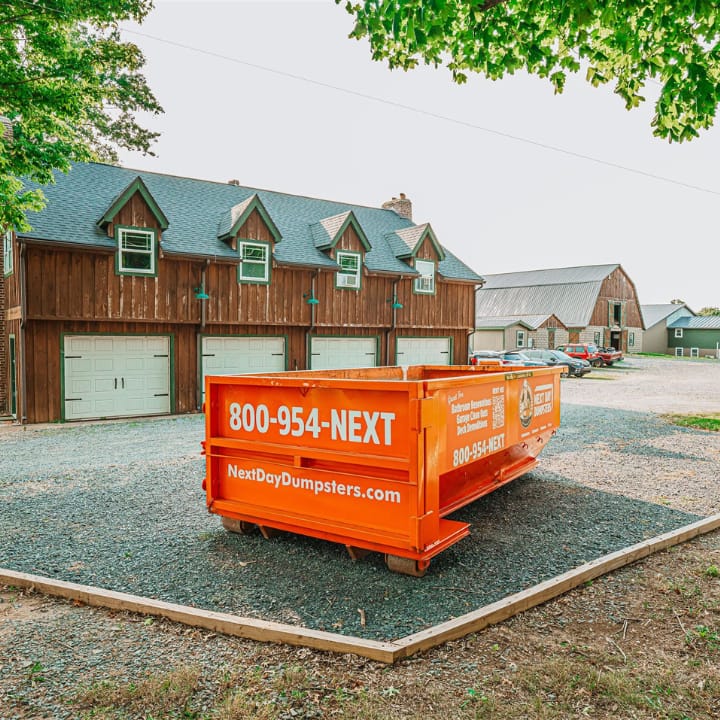
Beyond Size—Navigating Permits, Recycling, and Compliance in Dumpster Services for North Carolina

Dumpster Rental for Roofing Projects: What You Need to Know

How to Prepare for a Dumpster Rental Delivery
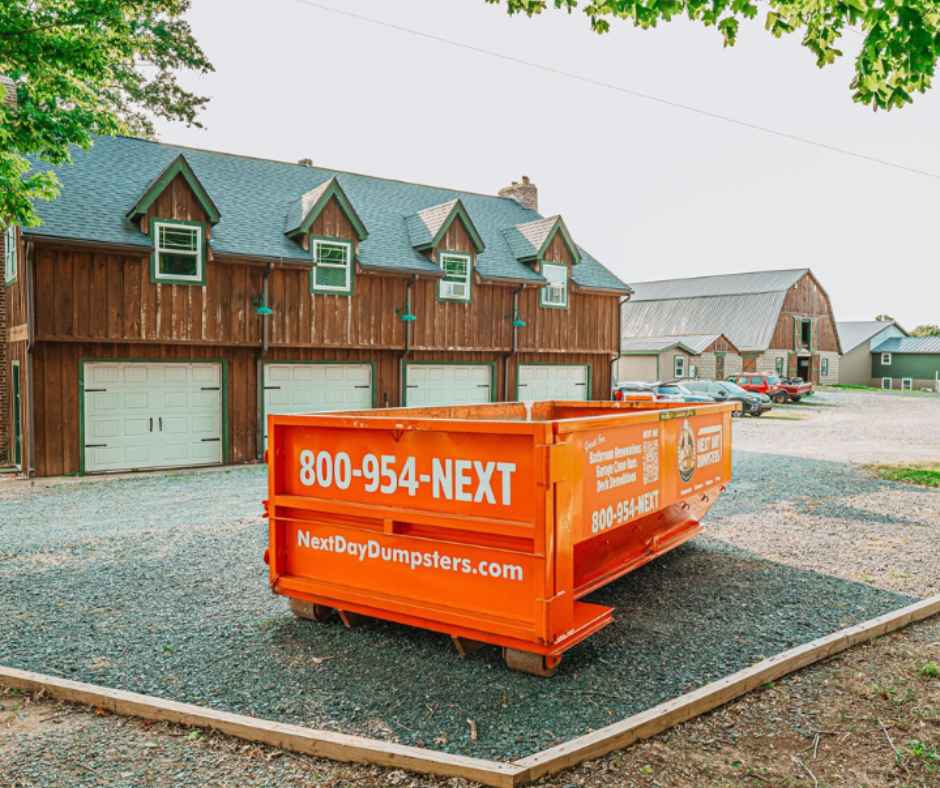
Moving? Here’s How a Dumpster Rental Can Help
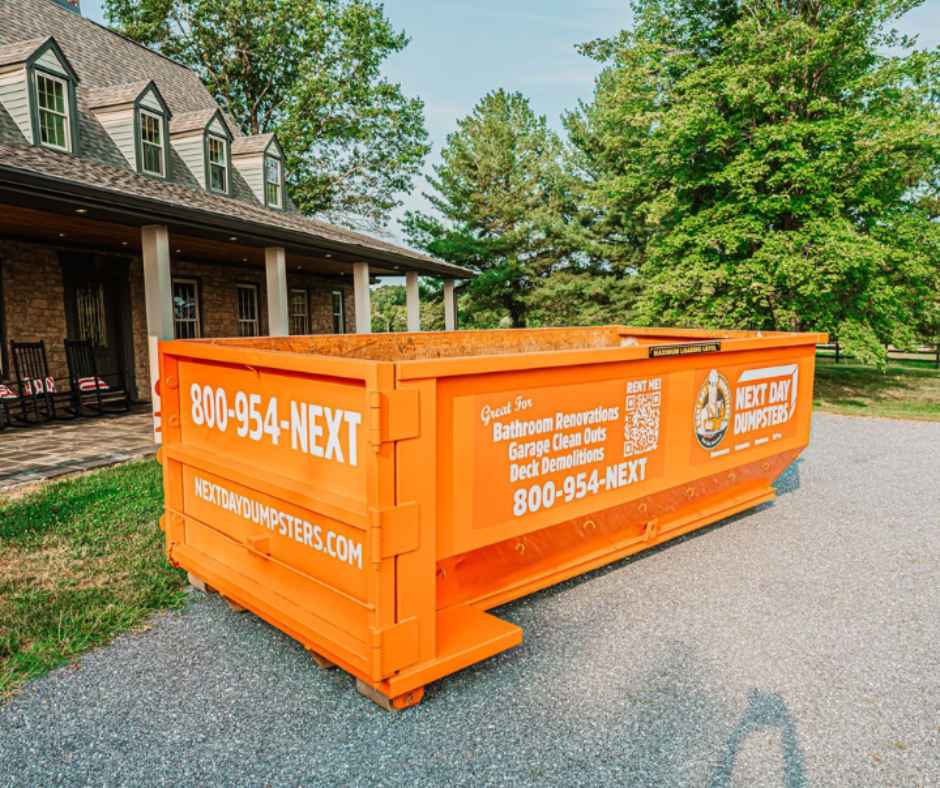
Seasonal Cleaning Made Easy: Why Rent a Dumpster?
